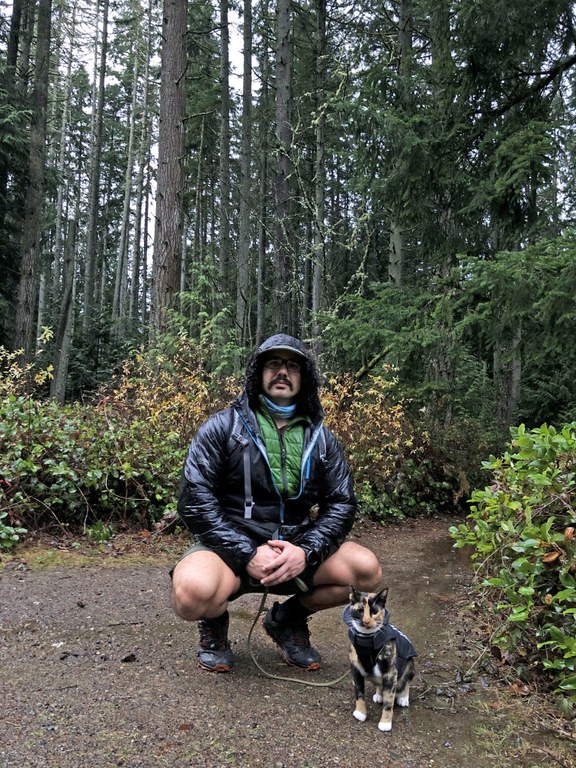 Washington Trails
Association
Washington Trails
Association
Trails for everyone, forever
Your local park and national parks aren’t as different as you might think. By Joe Gonzalez
I’ve made a career and lifestyle out of spending time in parks. I’ve been lucky. But my relationship with parks and all they offer has changed over time.
As a child, a park was the neighborhood playground. As a teen, a park was a regional green space where I’d day hike. As a young adult, parks were my office — nature’s grandest temples, like Yosemite, where I served as a hiking and camping guide.
Working as a guide reframed my understanding of outdoor recreation as a commodity. Sure, I was selling outdoor experiences, but like a picnic at your local park, I was really providing fun.
Then COVID changed everything, especially our relationships with green spaces. I couldn’t lift weights at the gym, so I ran in neighborhood parks instead. I couldn’t travel for tourism, so I spent free weekends outside.

Your neighborhood park might have more in common with Yosemite or Mount Rainier than you might expect. Photo by Joseph Gonzalez
Once I had this “aha” moment, I realized urban parks and national parks were more similar than I thought. Both types of parks offer accessible opportunities for rest and relaxation, as well as chances for adrenaline junkies to get their fix. Both are play-at-your-own-risk. Both are recreation rich.
I noticed that the way I occupied these spaces quickly changed. Places I usually pegged for my version of Type 1 fun — picnics and urban foraging — became racetracks for Type 2 fun — challenging but satisfying fitness. Their potential to serve my physical wellness on top of my mental well-being came into focus. My needs had changed, and these parks were there for me.
I was especially privileged in this regard during the pandemic. After all, Bellevue is a self-proclaimed “city in a park,” boasting over 2,700 acres of trails and open space. At first, I explored local parks along the Lake to Lake Trail to learn my local neighborhoods. Later, I used WTA’s Hiking Guide to explore more trails close to me, helping me care for myself through the depths of the pandemic. Sure, local parks didn’t offer the grandeur of Mount Rainier or Yosemite, but the prospect of experiencing green spaces close to me was exciting all the same.
Washington’s parks are exceptional on every level, but it’s the proximity to urban green spaces that keeps me here. These green spaces are personal, diverse and ample in number, and best of all, are enjoyed by communities everywhere. It’s why I appreciate WTA’s Trails Next Door campaign, which is enhancing local trails across the state, because that little park down the street is just as important as that big park with The Mountain.